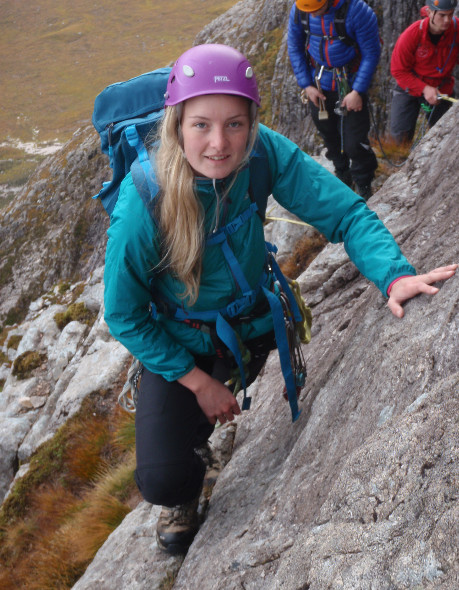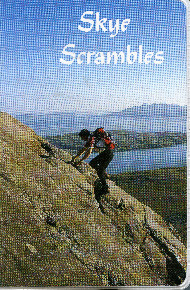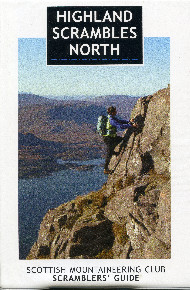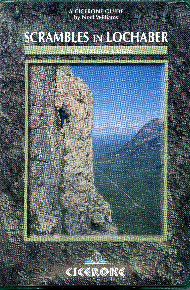Some of the best mountain days in Scotland can involve scrambling, which is the grey area between hill walking and rock climbing: the challenge and satisfaction of moving freely over rocky terrain and clambering over rugged ridges in wildly impressive situations.
Many look on it as a halfway house between walking and rock climbing; hard enough to have to use your hands, but not hard enough to use a rope.
But it’s important to remember right from the start that scrambling isn’t just a ‘safe version’ of rock climbing. Potentially, it can be the most dangerous of all mountaineering activities. Where rock climbs tend to stick to clean, sound rock where possible, in scrambles the terrain may be vegetated and there may be more loose rock.
Scrambles are generally graded in difficulty using a simple numerical system, however, it is important to remember that grades in scrambling are approximate and different people may find the same route easier or harder. Grades are also set for dry, summer conditions, and are likely to become much more difficult and dangerous under less than ideal conditions.

Photo by Heather Morning.
| Grade | Description |
|---|---|
| 1 | Fairly straightforward for most experienced hill walkers. It may be necessary to use the hands occasionally but holds will normally be large and the exposure not too off-putting |
| 2 | It will be necessary to use hands for more sustained stretches. Exposure may be significant and retreat may be difficult. |
| 3 | Advanced scrambles. This may involve making moves on steep rock in very exposed situations and some people may prefer the protection of a rope in places. Occasional moves of ‘moderate’ rock climbing standard may be required. The ability to abseil may be useful if a retreat is made. |
| 3(S) | Some guide books use the 3(S) grade to indicate scrambles which are particularly serious, whether because of difficulty, exposure, or poor rock. All but the most experienced and competent would use a rope on these climbs. |
You can learn more about how to scramble by going on one of our scrambling courses or by using the resources on our Getting started page.
Scotland’s mountains are full of scrambling possibilities. The best known, perhaps, are the classics of the Aonach Eagach bounding the north side of Glen Coe, or the jagged Black Cuillin of Skye.
But they hardly scratch the surface of established routes, offering no end of magical days out.
There’s another well-known classic, Curved Ridge, which takes you up the forbiddingly rugged north face of Buachaille Etive Mor. Up north, the traverse of An Teallach requires some stretches of scrambling, and, of course, Skye has so many scrambling routes they have a guidebook all to themselves.
Guide books offer a great starting point for planning your routes, giving good access notes as well as the grade of difficulty you might expect. There are a number of guide books dedicated solely to scrambles, including:


